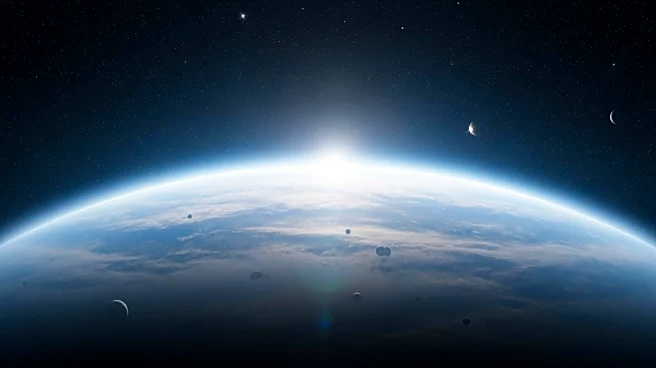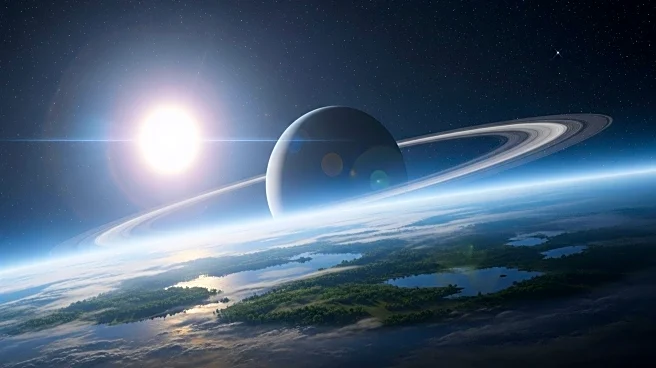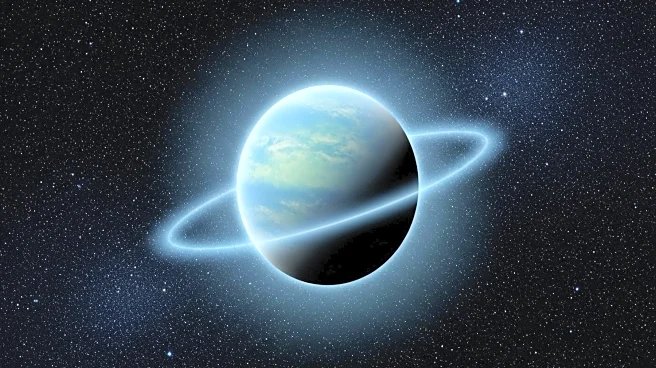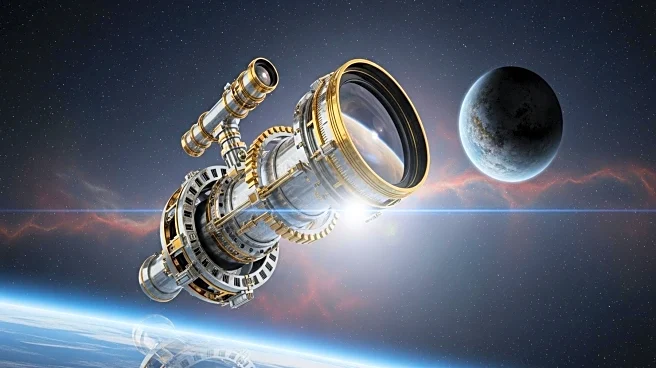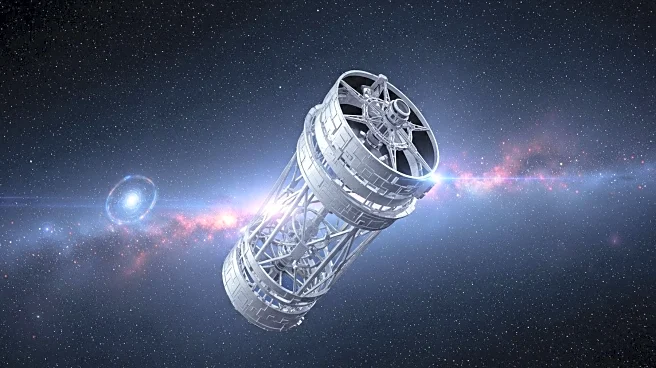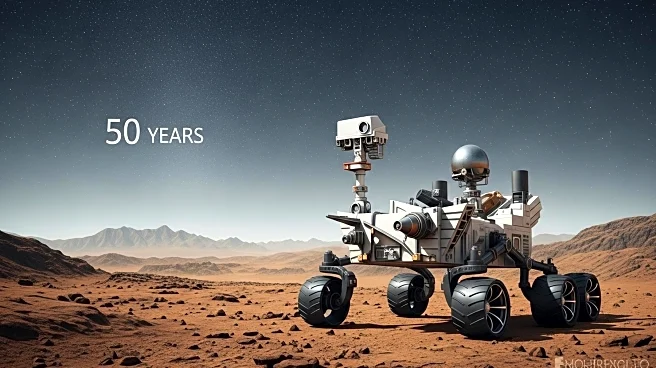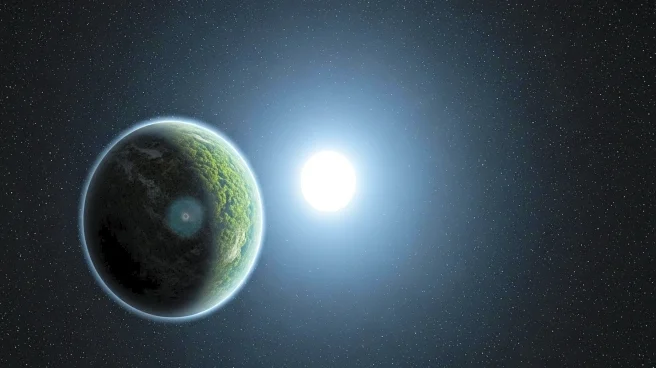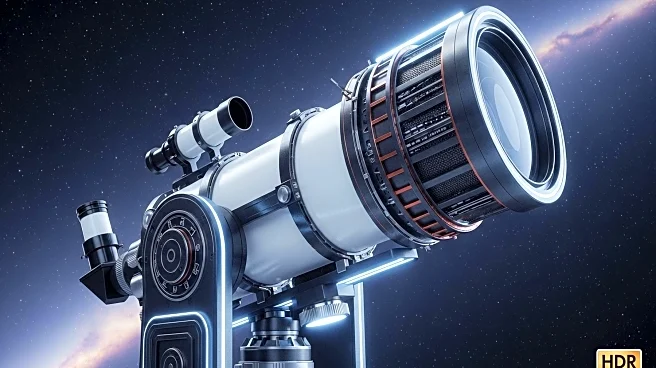What's Happening?
The exoplanet TRAPPIST-1e, located approximately 40 light years from Earth, is showing promising signs of having an atmosphere capable of supporting life. Situated in the Goldilocks zone of its star, where water can remain liquid, TRAPPIST-1e has been the focus of astronomers since its discovery in 2016. Recent observations using the James Webb Space Telescope suggest the presence of a nitrogen-rich atmosphere, potentially containing life-supporting molecules like methane. However, further imaging and analysis are required to confirm these findings and rule out the possibility of the planet being a bare rock.
Why It's Important?
The potential discovery of a life-supporting atmosphere on TRAPPIST-1e could have significant implications for astrobiology and the search for extraterrestrial life. If confirmed, it would mark a major milestone in identifying habitable conditions beyond Earth, potentially leading to new insights into the evolution of life in the universe. This discovery could also influence future space exploration missions and the development of technologies aimed at studying distant planets. The findings may inspire further research and investment in the field of exoplanetary science.
What's Next?
Astronomers plan to conduct additional observations of TRAPPIST-1e using the James Webb Space Telescope to gather more data and refine atmospheric models. These efforts aim to confirm the presence of a nitrogen-rich atmosphere and assess the potential for liquid water on the planet's surface. The research team hopes to carry out 15 more observations over the next year to reduce uncertainties and strengthen their conclusions. If successful, the next steps would involve searching for other life-supporting gases and modeling the planet's climate to evaluate its habitability.
